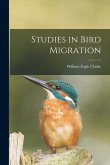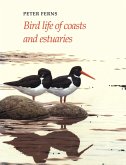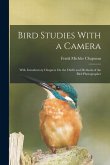There are more than one-thousand species of threatened birds in the world, while many others are valued for sport and some are serious pests. All these bird populations require management of one kind or another. This volume reviews our current understanding of avian population dynamics and explores ways in which population studies can contribute to effective conservation and management. The earlier chapters review general questions such as estimation of demographic parameters, the role of mathematical modelling, and the special problems of island populations and seabird populations. The specific chapters are devoted to great tits, snow geese, white storks, puffins, flamingos, grey partridge, red grouse, common terns, herring gulls, lesser black-backed gulls, ducks, Florida scrub jays, and northern spotted owls. The emphasis throughout is on how bird populations are regulated under various constraints and conditions and on what changes we might expect under varying environmental regimes.
This volume reviews our current understanding of avian population dynamics and explores ways in which population studies can contribute to effective conservation and management. Estimation of demographic parameters, the role of mathematical modelling, and the special problems of island populations and seabird populations are discussed. The emphasis throughout is on how bird populations are regulated under various constraints and conditions, including the impact of environmental changes. This book will be useful and interesting to ornithologists, ecologists, wildlife managers, and population biologists.
Hinweis: Dieser Artikel kann nur an eine deutsche Lieferadresse ausgeliefert werden.
This volume reviews our current understanding of avian population dynamics and explores ways in which population studies can contribute to effective conservation and management. Estimation of demographic parameters, the role of mathematical modelling, and the special problems of island populations and seabird populations are discussed. The emphasis throughout is on how bird populations are regulated under various constraints and conditions, including the impact of environmental changes. This book will be useful and interesting to ornithologists, ecologists, wildlife managers, and population biologists.
Hinweis: Dieser Artikel kann nur an eine deutsche Lieferadresse ausgeliefert werden.








